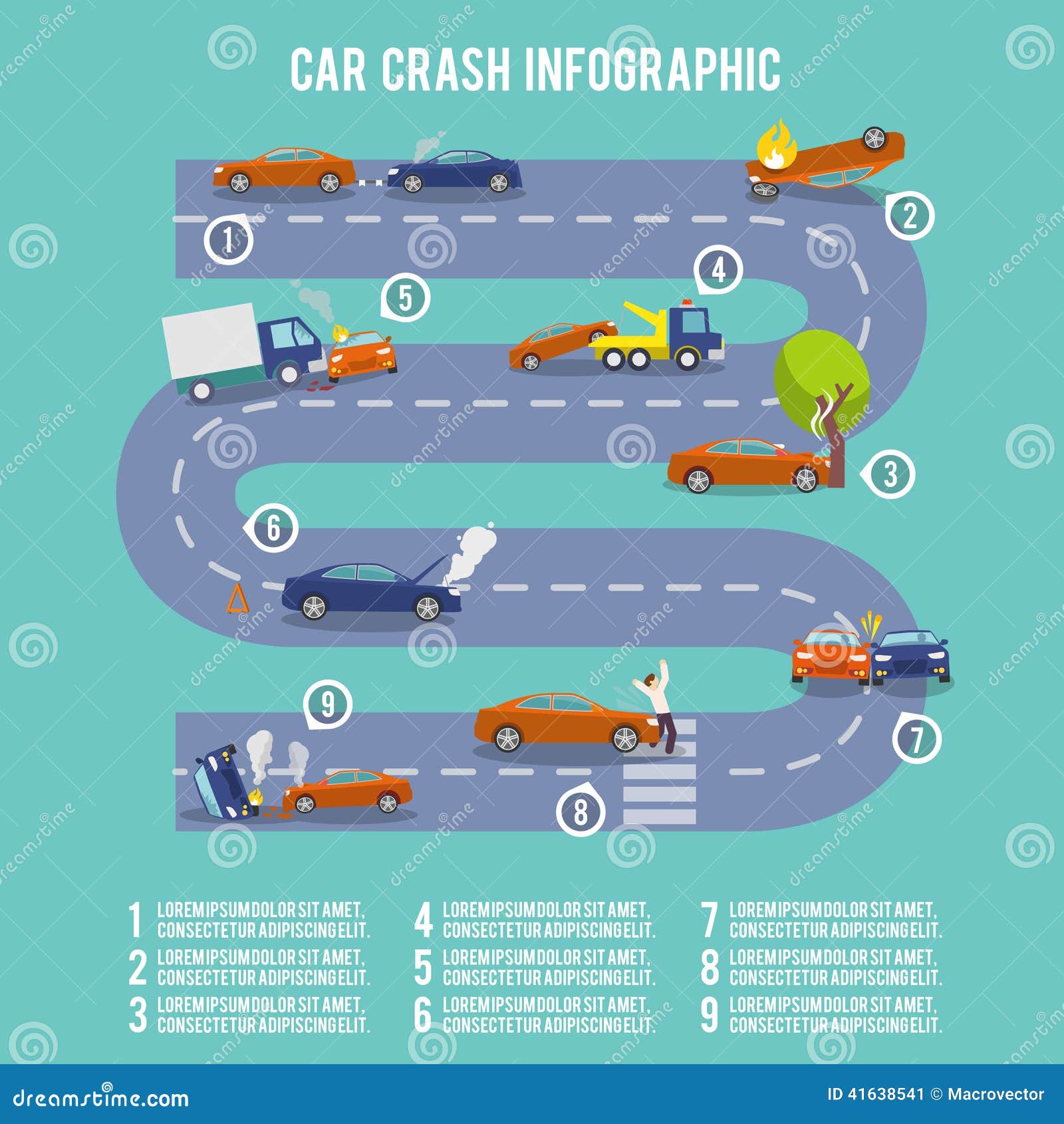Decoding Your Vehicle'S Warning Indicators: What They Really Indicate
Decoding Your Vehicle'S Warning Indicators: What They Really Indicate
Blog Article
Author-Vinson Dalgaard
When you're behind the wheel, those beautiful warning lights on your control panel can be a bit complicated. Do you know what they're trying to inform you regarding your vehicle's health and wellness? Comprehending why not try this out of these lights is vital for your safety and the longevity of your vehicle. So, top notch car detailing among those lights turns up, wouldn't you want to understand its message precisely and take the necessary actions to resolve it?
Common Caution Lighting and Interpretations
Recognize common warning lights in your automobile and understand their meanings to make certain risk-free driving.
One of the most normal caution lights consist of the check engine light, which signals problems with the engine or discharges system. If this light begins, it's essential to have your lorry examined promptly.
The oil stress cautioning light suggests reduced oil stress, needing immediate interest to stop engine damage.
A blinking battery light may suggest a faulty charging system, possibly leaving you stranded otherwise attended to.
The tire pressure tracking system (TPMS) light signals you to reduced tire pressure, affecting car stability and gas efficiency. Neglecting this can lead to harmful driving conditions.
The ABS light indicates an issue with the anti-lock braking system, compromising your capacity to quit promptly in emergency situations.
Lastly, car detail cleaning alerting light warns of engine overheating, which can cause serious damages otherwise resolved swiftly.
Comprehending these common caution lights will certainly help you address concerns quickly and keep risk-free driving problems.
Significance of Prompt Attention
Understanding the typical caution lights in your automobile is just the primary step; the significance of immediately dealing with these warnings can not be highlighted sufficient to guarantee your safety and security when traveling.
When a caution light brightens on your control panel, it's your auto's means of connecting a potential issue that needs interest. Ignoring detailing can cause much more extreme troubles down the road, jeopardizing your safety and security and possibly costing you a lot more out of commission.
Motivate focus to advising lights can stop failures and accidents. As an example, a blinking check engine light can show a misfire that, if left neglected, can trigger damage to the catalytic converter. Resolving this immediately can save you from a pricey repair work.
Likewise, a brake system warning light may signify reduced brake fluid or used brake pads, important parts for your security when driving.
Do It Yourself Troubleshooting Tips
If you notice a warning light on your control panel, there are a few do it yourself repairing tips you can attempt before looking for expert assistance.
The primary step is to consult your car's guidebook to recognize what the particular warning light shows. In some cases the concern can be as basic as a loose gas cap causing the check engine light. Tightening up the gas cap might solve the issue.
Another usual problem is a low battery, which can set off various cautioning lights. Inspecting the battery links for rust and ensuring they're protected might fix the problem.
If a warning light persists, you can try resetting it by disconnecting the car's battery for a few minutes and afterwards reconnecting it. Furthermore, inspecting your automobile's fluid levels, such as oil, coolant, and brake fluid, can aid troubleshoot cautioning lights associated with these systems.
Conclusion
In conclusion, understanding your cars and truck's caution lights is necessary for maintaining your automobile running smoothly and safely. By promptly attending to these informs and recognizing what they indicate, you can stay clear of pricey repair services and prospective malfunctions.
Keep in mind to consult your vehicle's handbook for certain details on each cautioning light and act accordingly to ensure a trouble-free driving experience.
Keep informed, remain risk-free when driving!
